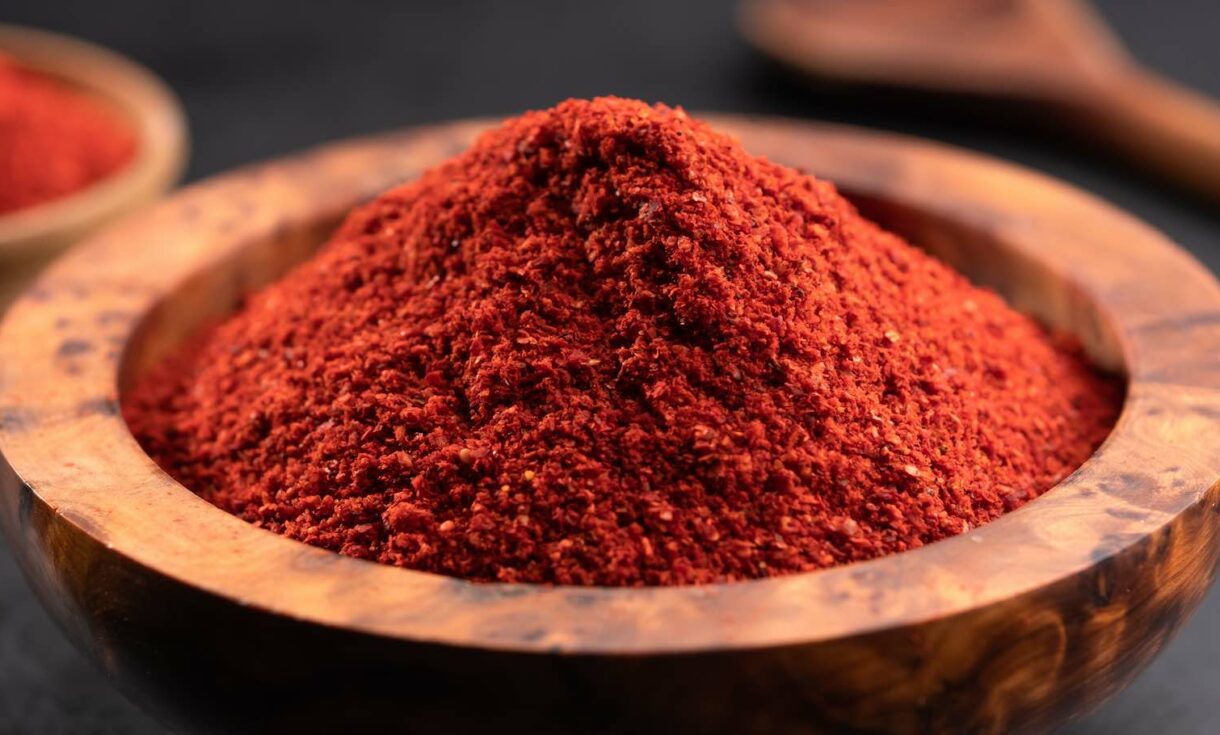- No. 268 Xianghe Street, Economic Development Zone of Xingtai city, Hebei 054001 China
- Byron@hbhongri.cn
paprika oleoresin safe
The Safety of Paprika Oleoresin A Comprehensive Overview
Paprika oleoresin, a natural extract derived from the dried pods of Capsicum annuum (sweet pepper), is widely used in the food industry for its vibrant color and flavor. As an accessible source of carotenoids, particularly capsanthin and capsorubin, paprika oleoresin not only enhances the visual appeal of a product but also contributes to its taste profile. However, questions regarding the safety of food additives, including paprika oleoresin, are paramount in consumer considerations. This article explores the safety aspects of paprika oleoresin while offering insights into its application and regulation in food products.
Composition and Nutritional Benefits
Paprika oleoresin is primarily composed of carotenoids, which are responsible for its deep red hue. These compounds have been studied for their antioxidant properties, potentially offering health benefits such as promoting eye health and reducing inflammation. The oleoresin contains essential vitamins (such as vitamin A) and other bioactive compounds that contribute to its overall nutritional profile.
Food Safety Authority and Regulation
In many regions, including the European Union and North America, food additives undergo rigorous evaluation by safety authorities before they are approved for use in food products. Paprika oleoresin is categorized as a color additive and a flavoring agent. It has been recognized as safe when used within the specified guidelines. For instance, the U.S. Food and Drug Administration (FDA) lists paprika oleoresin as Generally Recognized As Safe (GRAS), meaning it can be used in food products without the need for pre-market approval.
In the EU, paprika oleoresin is regulated under the framework of food additive legislation, specifically under the E-number system, where it is identified as E160c. Similar to the FDA’s approach, the European Food Safety Authority (EFSA) has assessed its safety and established acceptable daily intake levels, ensuring its consumption does not pose any health risks.
paprika oleoresin safe

Allergic Reactions and Sensitivities
While paprika oleoresin is generally safe for the majority of the population, it is crucial to acknowledge that individuals may have specific sensitivities or allergies to components of paprika. People with allergies to nightshade plants, which include tomatoes, potatoes, and eggplants, may also react to paprika oleoresin. It is advisable for consumers with known allergies to read ingredient labels carefully and consult healthcare professionals if uncertain about its safety in their diet.
Contaminants and Quality Control
One concern regarding natural extracts like paprika oleoresin is the potential for contamination during the production process. Quality control measures are vital to ensure that the oleoresin is free from pesticides, heavy metals, and microbial contaminants. Reputable suppliers adhere to strict quality assurance protocols and undergo third-party testing to guarantee that their products meet safety standards. Purchasing paprika oleoresin from trusted sources and brands can mitigate risks associated with contaminants.
Conclusion
In conclusion, paprika oleoresin is a widely accepted natural colorant and flavoring agent that enhances food products both visually and sensorially. Regulatory bodies have deemed it safe when used as directed, and its potential health benefits provide additional reasons for its use in food manufacturing. However, like all food additives, it is essential for consumers to be aware of their sensitivities and the importance of sourcing high-quality products.
As awareness of food safety continues to grow, consumers must remain informed regarding the additives they consume. Paprika oleoresin stands as a testament to the balance of flavor, color, and health benefits, contributing to diverse culinary applications while being mindful of safety standards. Ultimately, understanding the safety of paprika oleoresin not only reassures consumers but also promotes informed choices in the rich landscape of modern food systems.
-
Turmeric Rhizome Powder: A Golden Treasure from Roots to TableNewsJul.28,2025
-
The Versatile Application Of Crushed Red Hot Peppers: Lighting Up The Red Flames On The Dining TableNewsJul.28,2025
-
The Paprika: A Touch Of Vibrant Red In Color, Flavor, And CultureNewsJul.28,2025
-
Ground Turmeric: A Modern Examination of an Ancient SpiceNewsJul.28,2025
-
Capsicum Liquid Extract: Features, Applications, and ChallengesNewsJul.28,2025
-
Application of Capsicum Liquid Extract in FoodNewsJul.28,2025







